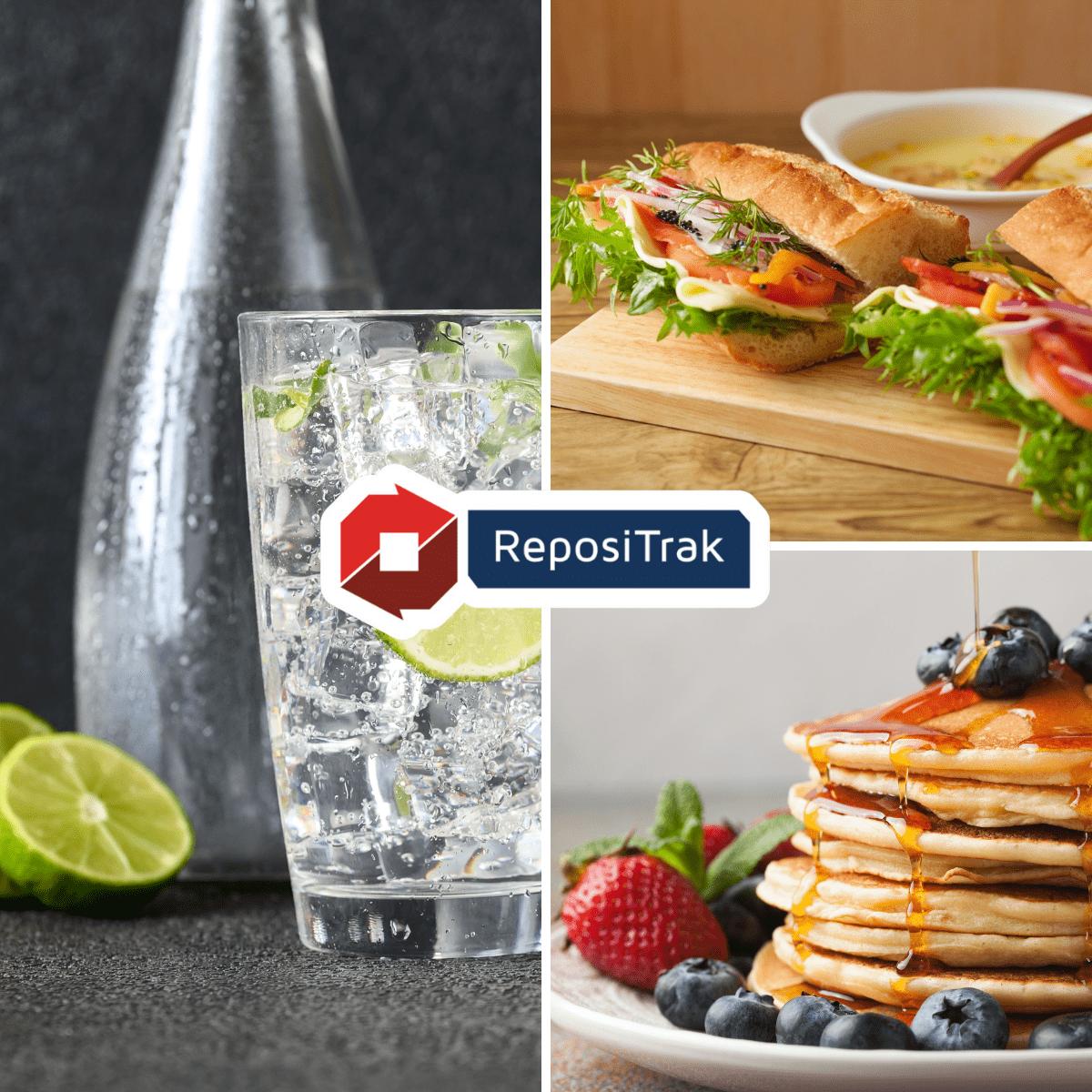
SALT LAKE CITY – October 7, 2025 – ReposiTrak (NYSE:TRAK), the world’s largest food traceability and regulatory compliance network, leveraging its established inventory management and out-of-stock reduction SaaS platform, announces the addition of 23 food suppliers, including a cooperative, bottler and manufacturer joining the ReposiTrak Traceability Network®. These companies will efficiently exchange intricate, FDA-required Key Data Elements (KDEs) for each Critical Tracking Event (CTE) in their supply chains, with the goal of meeting the growing traceability demands of their retail customers.
The companies in the queue to use ReposiTrak for food traceability data sharing include a maple syrup producers’ cooperative based in Quebec that represents thousands of farmers and exports maple syrup products globally. Also participating is a California beverage company recognized for its sparkling mineral water and ready-to-drink teas, bottled at the source to preserve natural purity. Rounding out the list is a Pennsylvania-based specialty condiment manufacturer known for its submarine sandwich spreads and deli-style sauces under a well-established brand.
“Several major retailers and wholesalers now require all food and beverage suppliers to share traceability data,” said ReposiTrak Chairman and CEO Randy Fields. “The initial onboarding of suppliers is both the most critical and most challenging step for everyone involved. Every supplier is going to have to do this. That’s why we offer data sharing options for every level of technical ability – from EDI to manual data entry. Error detection is built-in, and our team is there to help as needed.”
The ReposiTrak Traceability Network requires no additional hardware. Every traceability data file is checked using a 500+ point error detection process and ReposiTrak’s U.S.-based team works with food manufacturers and suppliers to make corrections, so that the data is as complete and accurate as possible before it reaches their retail, wholesale or foodservice customers.
About ReposiTrak
ReposiTrak (NYSE: TRAK) provides retailers, suppliers, food manufacturers and wholesalers with a robust solution suite to help reduce risk and remain in compliance with regulatory requirements, enhance operational controls and increase sales with unrivaled brand protection. Consisting of three product families – food traceability, compliance and risk management and supply chain solutions – ReposiTrak’s integrated, cloud-based applications are supported by an unparalleled team of experts. For more information, please visit repositrak.com.
